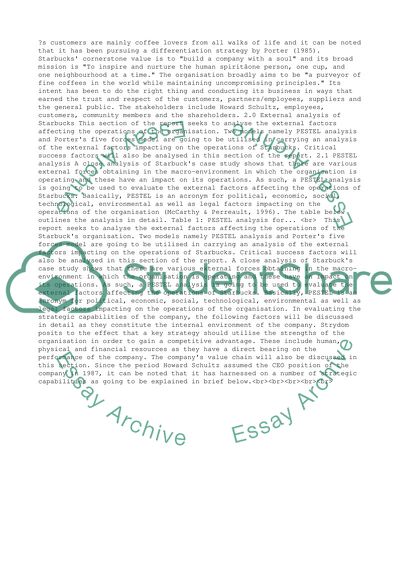Cite this document
(“Evaluation of Starbucks Strategic Position In the Market Essay”, n.d.)
Retrieved from https://studentshare.org/business/1396627-evaluation-of-starbucks-strategic-position-in-the-market
Retrieved from https://studentshare.org/business/1396627-evaluation-of-starbucks-strategic-position-in-the-market
(Evaluation of Starbucks Strategic Position In the Market Essay)
https://studentshare.org/business/1396627-evaluation-of-starbucks-strategic-position-in-the-market.
https://studentshare.org/business/1396627-evaluation-of-starbucks-strategic-position-in-the-market.
“Evaluation of Starbucks Strategic Position In the Market Essay”, n.d. https://studentshare.org/business/1396627-evaluation-of-starbucks-strategic-position-in-the-market.


